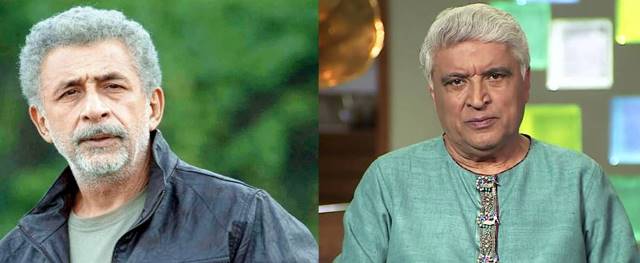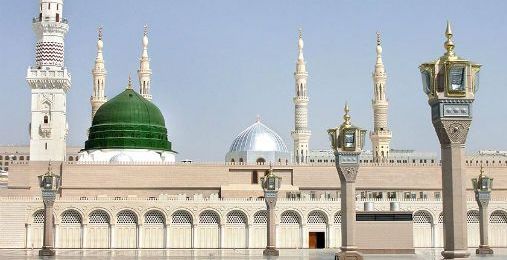Ghotki the
district of Sindh province is bounded with north-west by District Kashmore, on
east by District Rahimyar Khan (Punjab), on South-East by Rajhistan (India) and
on West by District Sukkur. The district is part of Sukkur Division whereas, its
district headquarter is located in Mirpur Mathelo. The Ghotki city is located
on National highway (N-50). Ghotki was taluka of District Sukkur before 1983
and it was established as new district in 1983. Area of the district covers in
6975 Sqkm (1,555,528 acres) which includes 25,000 acres of desert land, 402,578
acres (25.88%) consists of flooded (Katcha) area and remaining area of the
district is cultivated which lies between desert and flooded areas of the
district. According to census of 2017, District Ghotki holds 1,646,318
population having approximately 75% of rural areas.
Mirza
Kaleech Baig has written in books that Ghotki was initially called as “Ghota”
which was founded during 1447 by Pir Mohsin Shah. He had also constructed a
glorious mosque in Ghotki city. Ghotki city was also called as town of sufis since,
until now sufi are settled and buried in the area. Sufis of Qadirpur were
believed to be come from Uch Sharif who had come during Kalhora Era. There is
also an old fort which was constructed 1400 years ago by a Rajput namely Amar.
A historical city Mirpur Mathelo is also part of this district which was
founded by Mir Masoo Khan Talpur during 1739.
As
already mentioned that Ghotki district is divided into desert, cultivable and
flooded (katcha) areas. Desert area of the district situated on southern belt
is stretched from District Sanghar to Cholistan (Punjab) along Indian State
Rajisthan. This desert area having hills of wind-blown desert is called as
Achro Thar (White Desert). Flooded area (Kacha) is stretched on 87 Kms along
Indus River from north - east to south - west of the district where forests exist
in the area. Cultivated area of the district is being irrigated through Ghotki
Feeder Canal leading from Guddu Barrage. The district holds 92.29% of Sindhi
speaking, 3% Urdu speaking, 2.98% Punjabi and 0.6% Balochi speaking population.
The district holds major religion Islam with 93.06% of total population having remaining
share of Hindus (6.17%) and Christians 0.14%.
District
Ghotki consists of five talukas, i.e Ghotki, Mirpur Mathelo, Khan Garh, Ubauro
and Daharki. The district hold has 42 UCs and 287 (260 rural, 9 urban, 15
partly urban & 3 forests) mouzas (revenue village). There are two seats (NA-204
& NA-205) in national assembly and four seats (PS-18, 19, 20 & 21) in Sindh
provincial assembly in the district. Mahar family is prominent in politics of
District Ghotki. In second, Lund family has politically hold in the area.
District
Ghotki has 394 kilometres of good quality roads including 78 kms of National
Highway (N-5) passing through the district. Districts headquarters i.e Mirpur
Mathelo is connected with its taluka headquarters i.e Ubauro, Dahakari, Khan
Gharh, through metaled roads. There are
22 water supply schemes exist in District Ghotki having 22 functional and
remaining 9 water supply schemes are non functional. As per survey, 40 drainage
schemes exist in the district having 32 functional schemes. There are 54 health
facilities available in District Ghotki.
Main
livelihood source of District Ghotki is Agriculture and its lands in
cultivatable and Kacha areas are suitable for cultivating wheat, Sugarcane,
cotton and other crops / vegetables. Lands of Ubaro, Ghotki and Mirpur Mathelo
Talukas are suitable for agricultural lands. District Ghotki is enriched with
industrial sector. Fauji Fertilizer Company a Mega Project also exists in
Mripur Mathelo besides there are many industries like Engro Fertilizers, OGDCL
and other cotton or rice factories exist in District Ghotki.
District
Ghotki remained target during heavy floods of 2010, 2011 and 2012. According to
survey, 172067 peoples in 380 villages of 12 UCs got affected which include
causalities of 5 persons and 662 injuries during the floods occurred in 2010. During
2011 floods, 290000 persons in 1361 village of 50 UCs in 5 talukas were
affected which include 11 causalities and 65 injuries. Whereas, 342000 peoples
living in 50200 houses of 3268 villages stretched in 40 UCs were affected out
of which 11245 houses were completely damaged.
















0 Comments
Please do not enter any spam link in the comments box